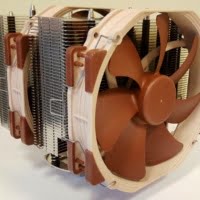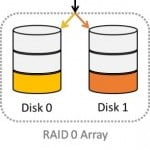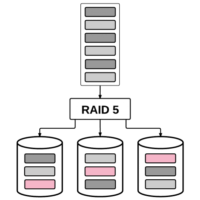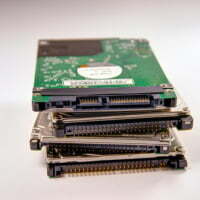25 Apr 2019
Server Pricing Report – April 2019

Welcome to another monthly server price reporting! March was unusually busy, so this month we’re skipping from February to April. If you’ve been following along, we’ve been tracking changing parts prices for RAM, SSDs, Hard Drives, CPUs, and a couple of GPUs. Typically this is done monthly, and then shared with WHT and on our ...
02 Apr 2019
IOFLOOD.com – Phoenix, AZ, Dedicated Servers: 2019 Carrier Upgrades and Network Improvements

Updated: You can read about our 2020 network upgrades here: https://ioflood.com/blog/ioflood-com-phoenix-az-dedicated-servers-2020-carrier-upgrades-and-network-improvements/ IOFLOOD.com is proud to announce that we’ve completed a series of upgrades to our network to maximize performance and reliability for our dedicated server customers. To improve performance and reliability, all top of rack switches have been replaced with upgraded Juniper switches. These new ...
15 Feb 2019
February 2019 Server Parts Pricing Report

Another month has gone by, and it’s time for the second installment of our monthly server parts pricing report. You may have seen the wild price fluctuations on RAM and SSDs the last year or so. As well, some models of really powerful CPUs have come way down on the aftermarket. It can be a ...
06 Jan 2019
January 2019 Server Parts Pricing Report

First update in a while, but I think this is a good one. You may have seen the wild price fluctuations on RAM and SSDs the last year or so. As well, some models of really powerful CPUs have come way down on the aftermarket. It can be a lot to keep up with. Along ...
12 Nov 2017
IOFLOOD.com — Phoenix, AZ — Outdoor Dedicated Server Cooling Torture Test — Part 1

Hey everyone. A lot has gone on this past summer, leading me to ask an important question: Can a server running at 100% usage survive outdoors in the Phoenix sun? We seek to answer that question, in a project of mad-scientist proportions. Join us for the IOFLOOD.com Phoenix, AZ Outdoor Dedicated Server Cooling Torture Test. ...
07 Apr 2016
What is RAID 0? — RAID striping explained

RAID – or “Redundant Array of Independent Disks” – is a strategy for data storage used on most server setups. Understanding how RAID works, how it can help you meet the needs of your business or organization, and understanding differences between RAID levels is important before setting up your server. This article discusses RAID 0 ...
26 Feb 2016
What is RAID 5 — RAID parity explained

It’s hard to talk about servers without RAID coming up. If you’re considering RAID for your server and want to know if RAID 5 is right for you, or if you just want to learn more about RAID in general, you’ve come to the right place. We’ll go over that and more in this article. ...
22 Feb 2016
What is RAID 10 — Nested RAID levels explained

RAID is a topic that comes up a lot when discussing servers. If you’ve wondered what RAID is, why you might want it on your server, and whether RAID 10 is the best option for you, look no further. We’re going to be discussing all of that in today’s article. What is RAID? RAID, or ...
27 Apr 2015
Adding AHCI support to CentOS after it was already installed in IDE mode

Sometimes when you’re using a server, you’ll notice that the disk i/o is slower than it ought to be, or is using a lot more cpu than it should be during disk i/o. In some cases, this would be because the BIOS is configured to use your sata drives in legacy IDE mode instead of ...
21 Apr 2015
Setting up Software RAID / MDADM status alert Emails for failed drives in Centos, Ubuntu, and Debian

Issues regarding software and hardware raid are no stranger to the IOFlood blog, with articles discussing the relative merits of each, articles discussing why raid is important (and so are backups), and so on. But RAID only provides protection against failed drives if you realize a drive has failed and replace it. Often times, a ...